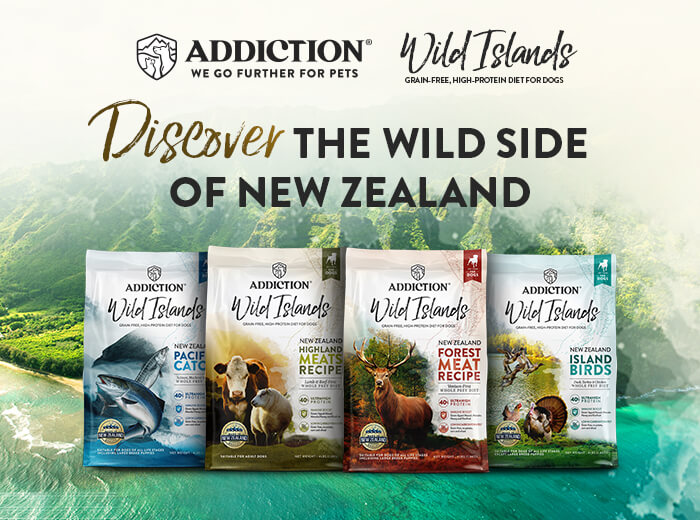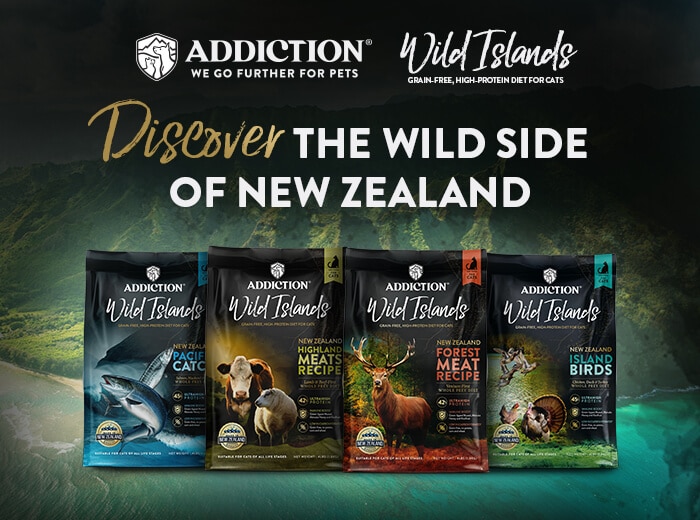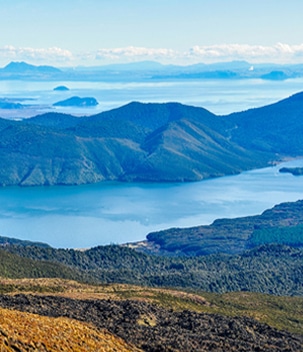The overabundance of Australian Wild Kangaroos and New Zealand Wild Brushtails has led to them being labelled as pests that pose a threat to their native environments. Here at Addiction, we recognise that these ‘pests’ are actually a good source of eco-friendly novel proteins.

The New Zealand Brushtail was introduced into New Zealand in the 1860s to establish the fur industry. The species originates from Australia, where the population is kept in control by wild dogs called Dingoes. Australia is also very prone to bush fires, so the Brushtail species is naturally kept in check. The Brushtail does not have any natural predators in New Zealand which has resulted in a total estimated population of 60-70 million Brushtails. This strains the environment since Brushtail can destroy between 21 -25 tons of native forest per night. In Australia, they do not have a variety of palatable vegetation unlike in New Zealand where they are spoiled by choice. They selectively browse native vegetation for food which damages the plants such as the broadleaved trees while forcing other animals such as birds to compete with them for food. Brushtails also eat the eggs of birds as well as their chicks. If left unchecked, the Brushtail population could cause further damage to the New Zealand native vegetation and species.
Addiction recognized that we could help with population control by harvesting the Brushtail and using them in our foods. Brushtail contains high levels of omega fatty acids, making it an ideal choice for building healthy immune systems in dogs and cats.
Addiction’s latest raw dehydrated food for dogs, Outback Kangaroo Feast, is made of Australian Wild Kangaroo and paired with fruits and vegetables for a well-balanced and nutritious meal. Wild Brushtail & Berries Entrée is a new raw dehydrated product for cats that uses New Zealand Wild Brushtail meat and pairs it with 3 types of delectable and antioxidant rich berries. Choosing these foods are not only good for your pets’ health, but good for the environment also.












